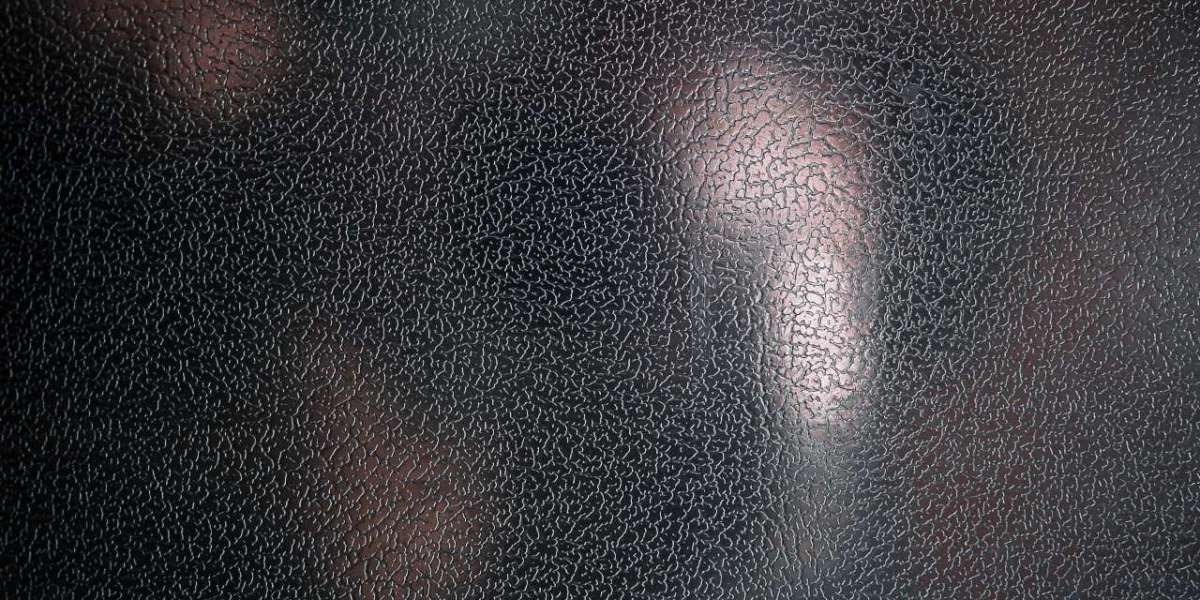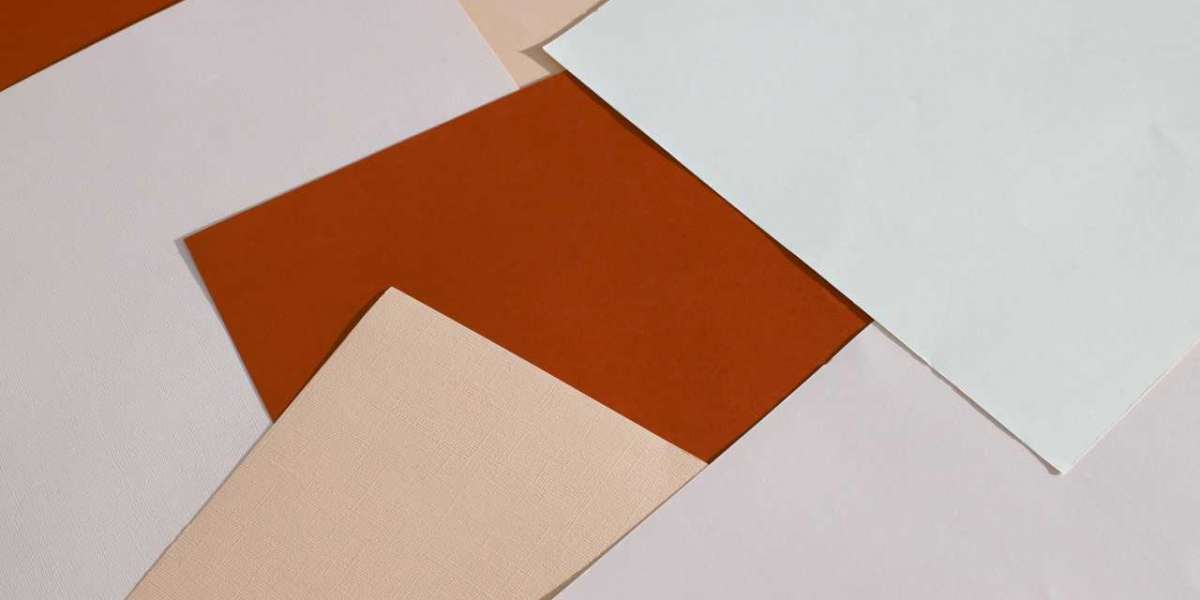Knife flipping has gained popularity as a thrilling and visually captivating activity. However, it is crucial to prioritize safety when engaging in this hobby. In this article, we will explore the essential precautions that every knife flipper should take to ensure a safe and enjoyable experience.
Understanding the Risks
Before delving into the safety measures, it is important to understand the potential risks associated with knife flipping. Mishandling a knife can lead to severe injuries, including cuts, punctures, and even amputations. Therefore, it is vital to approach this activity with caution and respect for the potential dangers involved.
Choosing the Right Knife
The first step in ensuring safety as a knife flipper is selecting the appropriate knife. It is recommended to use a knife specifically designed for flipping, as these knives are typically balanced and have features that enhance grip. Avoid using kitchen knives or other unsuitable blades, as they may not be designed for the demands of flipping and can increase the risk of accidents.
Additionally, it is important to regularly inspect your knife for any signs of damage or wear. A damaged knife can be unpredictable and pose a higher risk of accidents. If you notice any issues with your knife, such as loose handles or blade wobble, it is crucial to address them before continuing to flip.
Mastering Proper Grip and Technique
Developing a solid grip and mastering proper flipping techniques are essential for safe knife flipping. The grip should be firm but not overly tight, allowing for control and maneuverability. It is recommended to practice flipping with a trainer knife or a dull blade initially to minimize the risk of accidental cuts.
When flipping, always maintain a safe distance from your body and other people. Avoid flipping knives in crowded areas or near fragile objects that could be damaged in case of a mishap. It is crucial to have a clear and spacious environment to ensure the safety of yourself and those around you.
Maintaining a Safe Environment
Creating a safe environment is crucial for knife flipping. Always ensure that the area where you practice is well-lit, clean, and free from any obstacles that could cause accidents. A cluttered space increases the chances of tripping or knocking over objects, which can lead to injuries.
Furthermore, it is important to wear appropriate protective gear, such as cut-resistant gloves, when engaging in knife flipping. These gloves provide an extra layer of protection and reduce the risk of cuts in case of accidental slips or mishandling.
Regular maintenance of your practice area and equipment is also essential. Keep your knives clean and sharp, as a dull blade can be more dangerous than a sharp one. Blunt knives require more force to cut, increasing the chances of losing control during a flip.
Conclusion
Knife flipping can be an exciting and visually appealing activity, but it should always be approached with safety as the top priority. By following the essential precautions outlined in this article, you can minimize the risks associated with knife flipping and enjoy this hobby responsibly.
Links to Credible Sites:
For more information on knife safety and precautions, you may find the following websites helpful:








